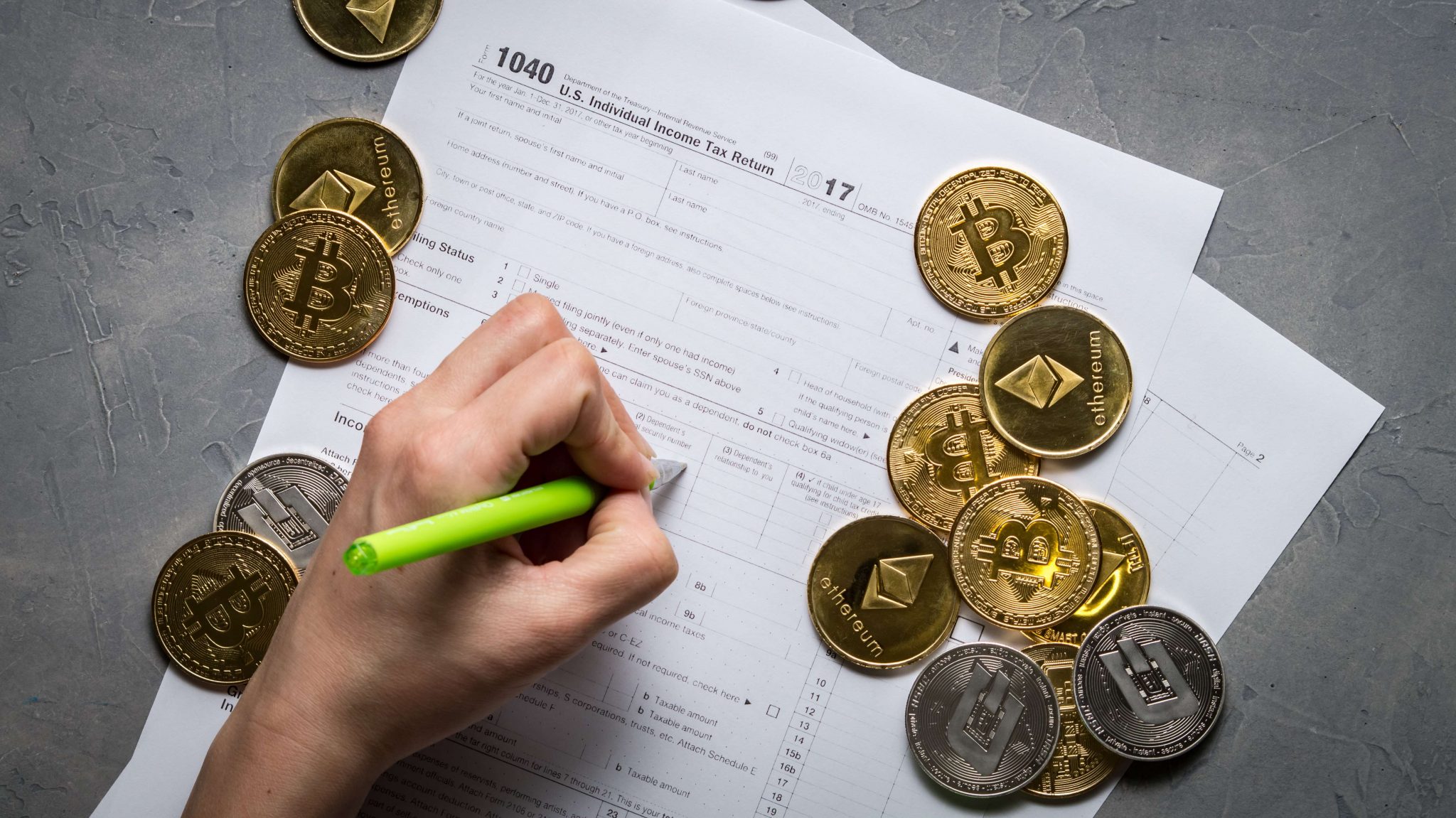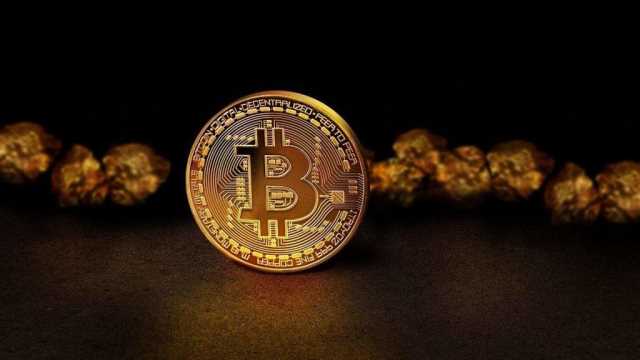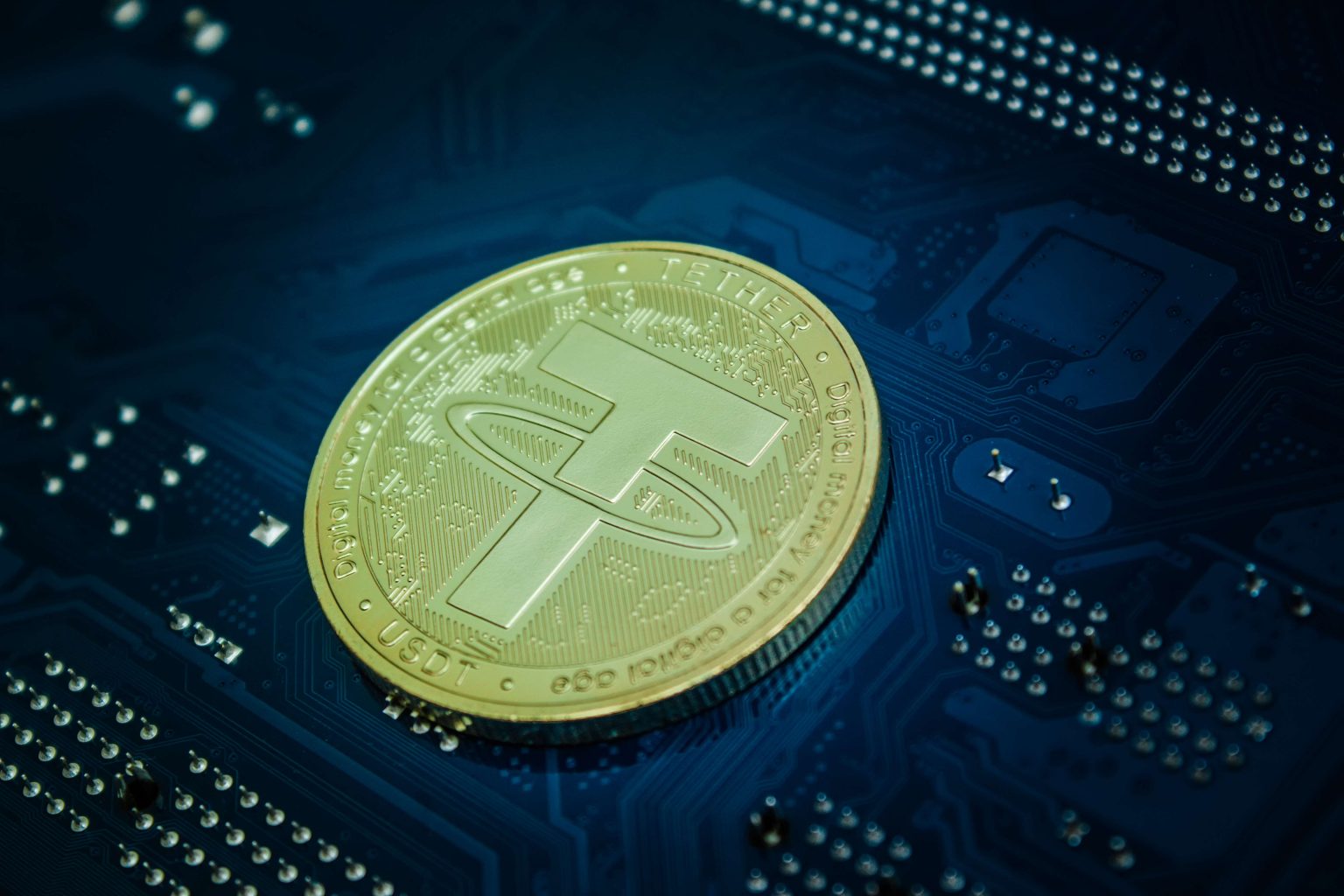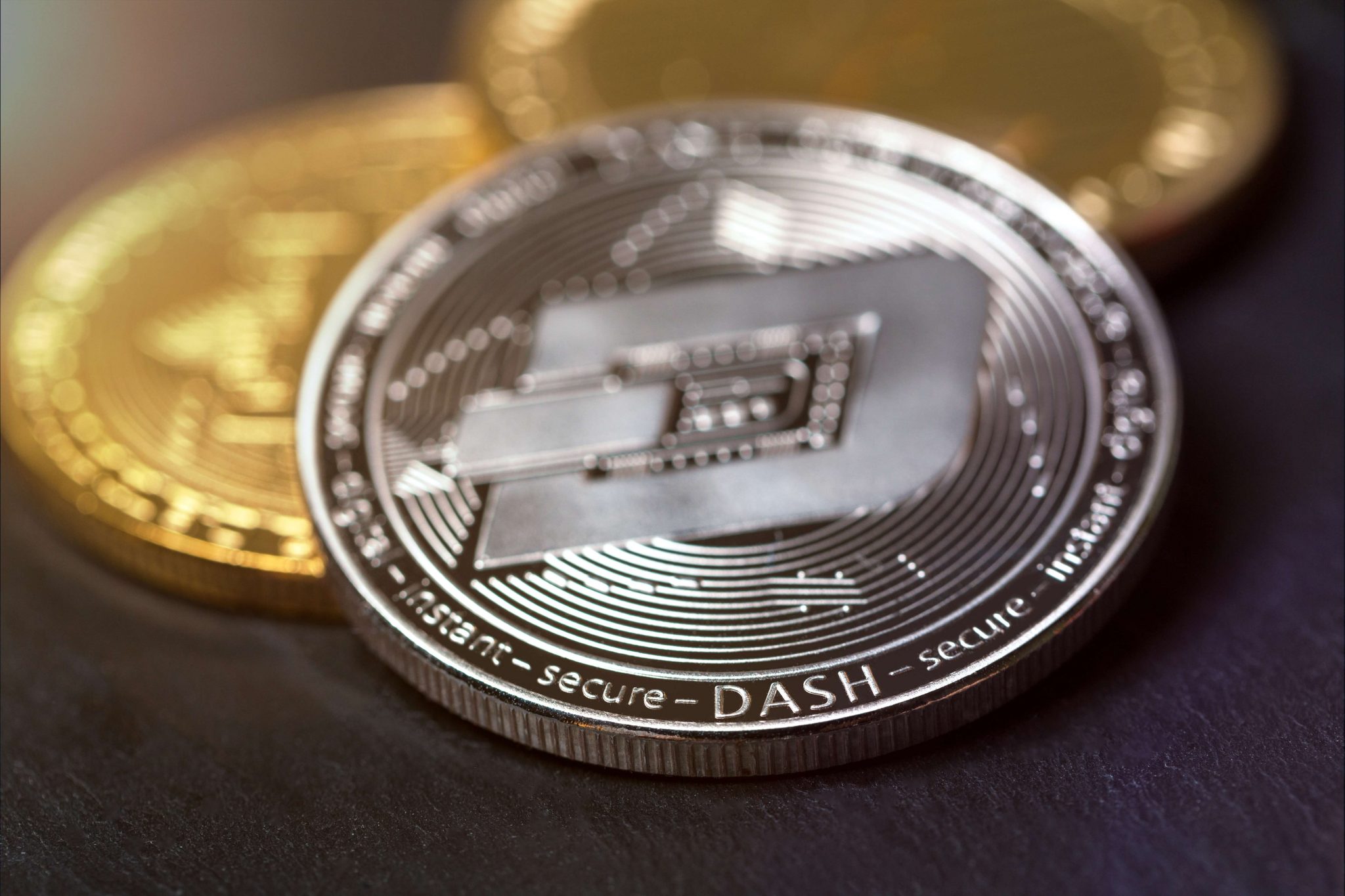Bitcoin Mining: What It Is, How It Works

As Australian exchange, Swyftx, points out, if you’re pooling with other Australian miners, it’s important you make sure you join a reputable pool (do your homework) and are aware of rewards structure. Bitcoin mining is an energy-intensive process involving mining devices and software that compete to solve a cryptographic problem. The Bitcoin mining process also confirms transactions on the cryptocurrency’s network. As an incentive to participate in the process, bitcoin is rewarded to those that win the competition. Bitcoin is a digital currency that requires a process called mining.
- Many different types of crypto use a PoW algorithm, including Dogecoin, Litecoin, Bitcoin Cash, Monero, and others.
- As of this writing, over 18 million units have been minted so far.
- Transaction fees are the incentives for miners to verify user transactions.
- Bitcoin is powered by blockchain, which is the technology that powers many cryptocurrencies.
- Full Nodes then check Green’s spend against other pending transactions.
- Here’s how Bitcoins are actually mined and the other factors related to Bitcoin mining.
What You Need to Mine Bitcoins
- In 2020, the block reward halved again, to 6.25 BTC, and in April 2024, it halved to its current 3.125 BTC.
- Bitcoin’s competitive proof-of-work mechanic is what causes it to use so much energy.
- These keys grant access to your Bitcoin, and misplacing them likely equates to losing your Bitcoin.
- Miners also receive some voting power when they become a node within the Bitcoin network, allowing them to have their say on the decisions and developments being made.
- The short answer is that Bitcoin itself, as well as Bitcoin mining, are both legal in many developed countries, including the U.S., U.K., and Japan.
- Each block uses the previous block’s hash, which acts to chain them together, thus creating the term “blockchain.”
But one is required to be very cautious in order to choose a reputed cloud miner to avoid any kind of scams or frauds. Lots of miners combine the power of their Bitcoin mining hardware. For this reason, with such fierce competition, most Bitcoin miners work together as part of a mining pool. As part of the pool, they combine their hash rate with improving their odds of solving a block on Bitcoin’s blockchain.

Mining other coins
When earning bitcoins from mining, you may need to sell the coins to pay for power costs. The only way to reverse Bitcoin transactions is to have more than 51% of the network hash power. Distributed hash power spread among many different miners keeps Bitcoin secure and safe. Mining software is needed to access the Bitcoin network and the ‘database of old transactions’.
What is a Block and Blockchain Technology?
Once this is done, the new block of transactions is added to the previous one to form a chain. Miners are essentially the executors of the pre-programmed computing codes laid out by Bitcoin’s anonymous founder, Satoshi Nakamoto. Considering the challenges involved in crypto mining, people might question if it’s worth the effort, but given the potential rewards, it can be extremely worthwhile.
- Miners are securing the network and confirming Bitcoin transactions.
- This fastidious process has been known to ensure the security of the Bitcoin network.
- You can find the most up to date estimation of exactly when the next halving will occur on our bitcoin block reward halving clock.
- If you have the financial means, you could purchase an ASIC miner.
- Bitcoin is a digital currency that requires a process called mining.

As a result, regions hostile to cryptocurrency may seize mining farm equipment, causing affected miners to lose money. Transaction fees are the incentives for miners to verify user transactions. Note that it is possible to pay no or low transaction fees, but that significantly lowers the chance for the transaction How does Bitcoin mining work to be included in the next block. Every 210,000 blocks, or roughly every four years, the Bitcoin mining reward halves. In 2012, it was halved to 25 BTC, and halved again in 2016 to 12.5 BTC. In 2020, the block reward halved again, to 6.25 BTC, and in April 2024, it halved to its current 3.125 BTC.

